The 21st century has seen an urban liberation of art media, pushing through the conventional parameters of paper, cardboard and canvas and on to pavement, sidewalks, subways and the bricks of buildings. As the personification of movement, freedom and spontaneity, Street Art has taken centre stage, both literally in scale and visibility and in its burgeoning popularity.
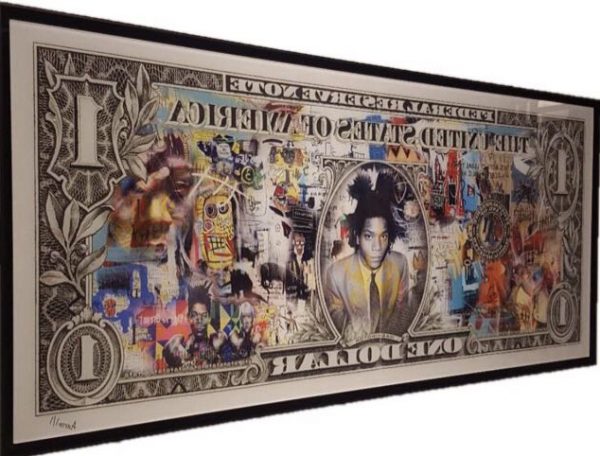
Originally created on unconventional surfaces, contemporary styles do go back to basics and transform the spirit of street art onto paintings and sculptures for lasting maintenance. Since the hip-hop crews of Philadelphia and New York turned graffiti into an elaborate language, encrypted in a range of unique styles, Street Art has become an established art form. While its very public presence may scream manifesto, perhaps with subversive intent, Street Art nonetheless promotes a sense of the uncompromising, a radical ethos that consistently attracts clusters of fervent supporters throughout the world. However, not until recently has there been such interest in the genre. Below are some guide lines to take note if you are considering venturing in this exciting direction for your next art purchase.
As a way to develop an identity, artists often revisit a theme or rely on a repeated technique to create a recognizable trademark that forms an essential part of their visual vocabulary. Keith Haring develops his man figure; Jean-Michel Basquiat interweaves symbols, epigrams and mask-and-skull images.
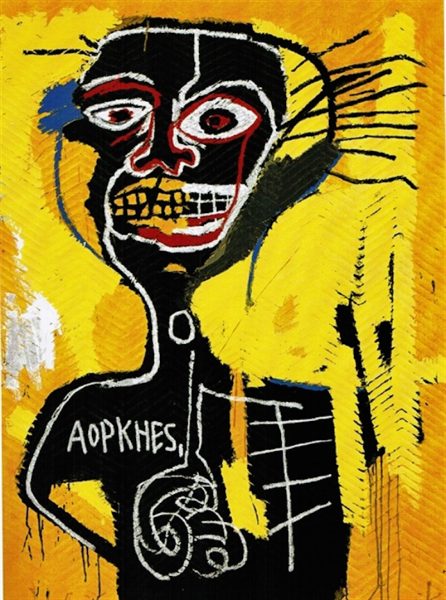
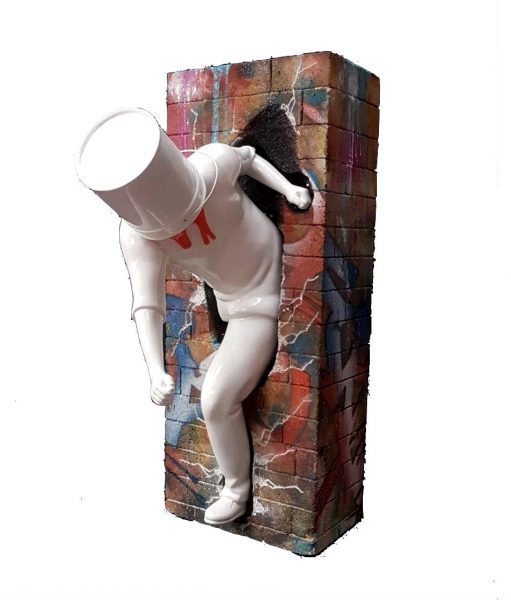
When buying, consider selecting works that bring not only a part of the maker but also a slice of the interpretive undercurrent into the private realm.
Some street artworks are site-specific such as Keith Haring’s infamous ‘Crack is Wack’ 1986 public project still visible along the Harlem River Drive in New York City.
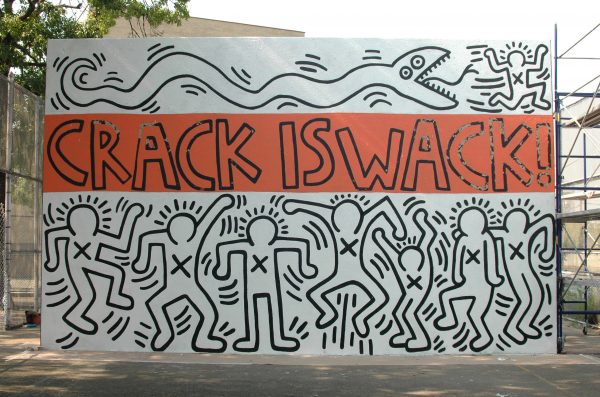
As a way to represent the whole, a distinct element of the work may be replicated in a more portable form. Keith Haring’s iconic figures and symbols repeat throughout his oeuvre, finding themselves not only on his murals and canvases but also in higher numbers on his screen prints, for example.
Certain works can be easily duplicated. Such as stencils and prints, as it can be used and infinitely reused, the question of originality that plagues all art becomes particularly critical for this genre. Consult a specialist. For prints, it is extremely important that they match the catalogue raisonné for the artist or compare well to other examples from the edition.
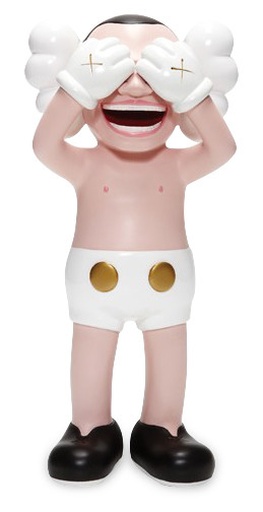
When considering value, edition size is also critical. The democratic nature of Street Art means that the number of images produced can be quite large — this is why some Street Art is priced quite low. Works that have hand-additions or that are from a smaller number of productions available are valued considerably higher.
4. Consider condition
Certain works from this genre are overly physically and are subjected to natural disasters: intact one day, only to be torn apart by wind and rain the next. Due to nature of certain media used by street artists, condition severely impacts perceived value. It is advised to collect works that are created on media such as canvas or in sculpture form for durability.
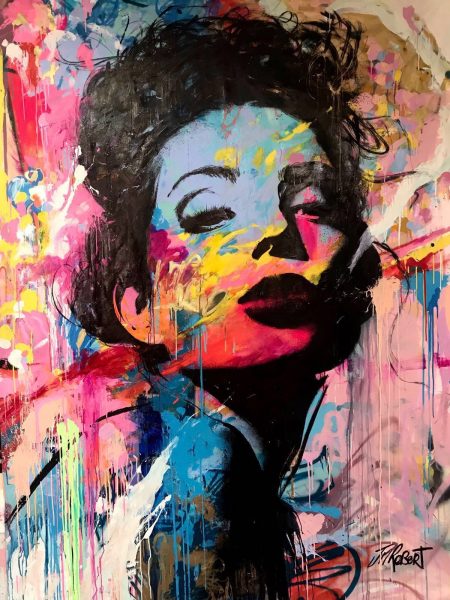
5. Know the community
With Street Art being a relatively new movement in art history, it’s important to know what came before in order to understand where it’s going. Most are aware that graffiti – and more specifically, Wild Style – represented the nascent form of Street Art in the 1970s, but Pop Art also paved the way, incorporating many of the same topics for the first time, from mass consumerism to elements of pop culture. Pop Art giant Andy Warhol played mentor to Basquiat; Warhol and Haring were long-time collaborators.
*extracted from Christies’
